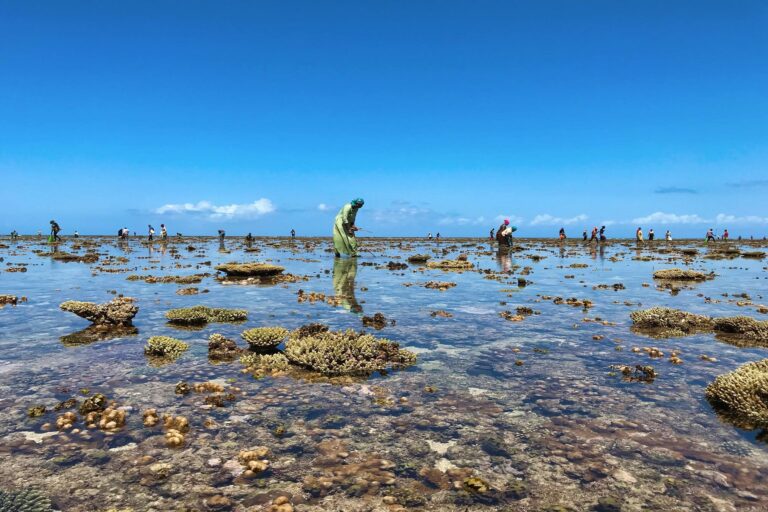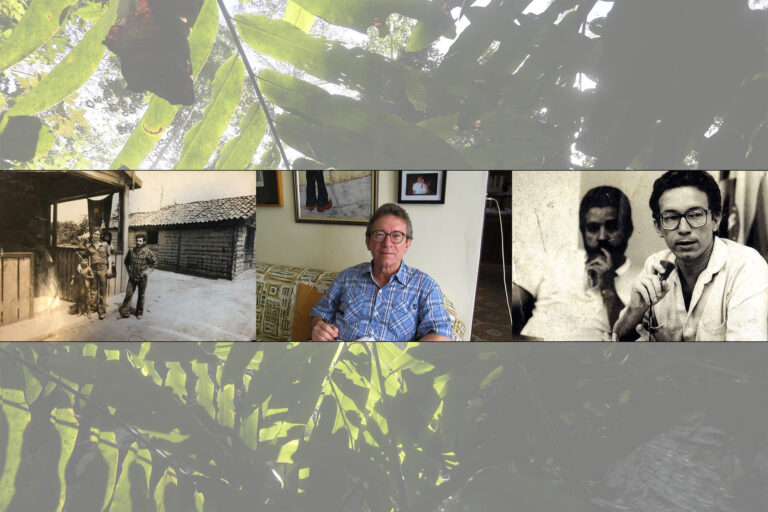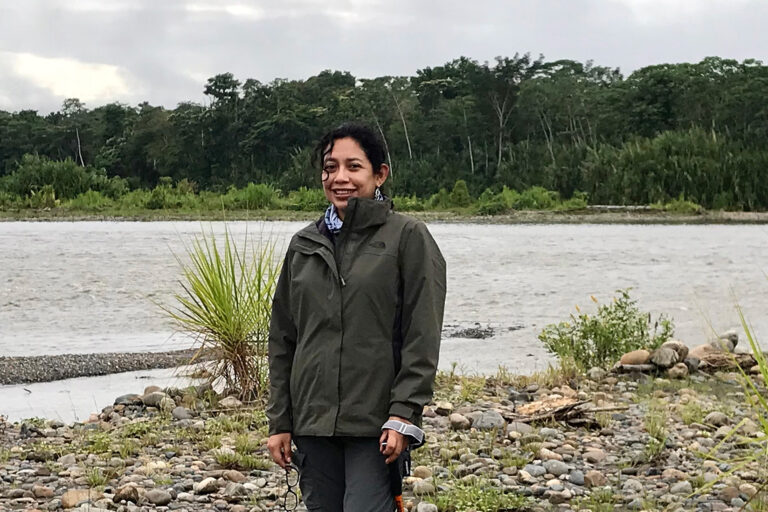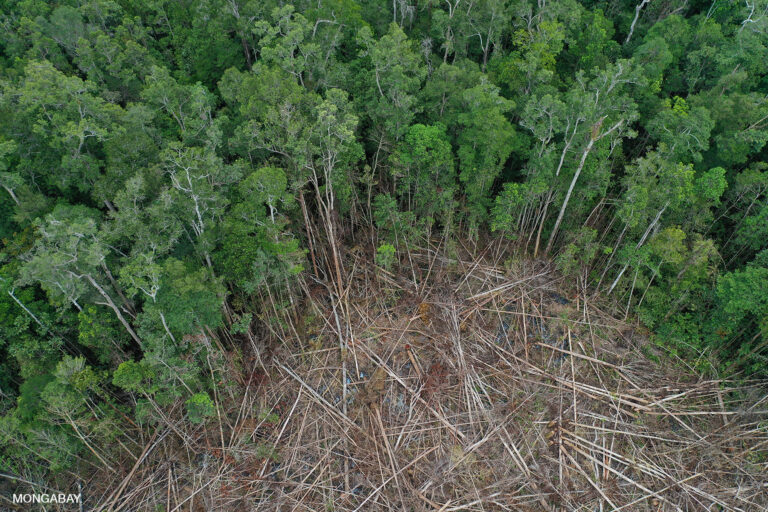- As we approach the 50th anniversary of the fire on the Cuyahoga River, it’s heartening to see my hometown flip the script and the national media focus on the river’s remarkable recovery as a testament to how restored nature can spark urban revitalization.
- The river’s recovery from pollution is an important story. But as someone who works in international river conservation, I see the Cuyahoga as demonstrating a lesson that is even more remarkable, and equally needed, today: There is great value in protecting a river, not just protecting the quality of the water within it.
- The future could be much brighter for rivers and the people that depend on them. Due to the renewable revolution — the dramatically dropping costs for electricity from wind and solar — the world can indeed power its future with systems that are low-carbon, low-cost, and low-conflict with rivers and communities.
- This post is a commentary. The views expressed are those of the author, not necessarily Mongabay.
I come from where the river burned.
For much of my life, I’ve braced myself for the river jokes that often follow when I say that I’m from Cleveland.
As we approach the 50th anniversary of the fire on the Cuyahoga River, it’s heartening to see my hometown flip the script and the national media focus on the river’s remarkable recovery as a testament to how restored nature can spark urban revitalization.
The river’s recovery from pollution is an important story. But as someone who works in international river conservation, I see the Cuyahoga as demonstrating a lesson that is even more remarkable, and equally needed, today: There is great value in protecting a river, not just protecting the quality of the water within it.
While the 50th anniversary of the river fire is gathering quite a bit of attention, last year, Ohio marked another 50th anniversary that captured much less fanfare. In 1968, the Ohio legislature passed the Wild, Scenic, and Recreational Rivers Act, perhaps the first time in the world that a government legislated a formal system for protecting rivers for their diverse values as living systems — and not only as resources to drink from or navigate (the U.S. Wild and Scenic Rivers Act is often credited with this distinction, but the Ohio Act preceded it by eight months).
In 1974, a portion of the upper Cuyahoga was protected under the Ohio Act, a down payment on its trajectory from an industrial channel back to a living river. Even 50 years later, few countries have passed comparable legislation. However, similar formal protections are urgently needed.
Last month, the journal Nature published an article showing that just one-third of the world’s long rivers (those longer than 1,000 kilometers) remain free flowing. The rest have been fragmented and altered by infrastructure, mostly dams. Also in May, World Wildlife Fund (WWF) and The Nature Conservancy released a report showing that future hydropower expansion, driven in part by the need to transition to low-carbon electricity, could fragment another nearly 200,000 kilometers of rivers — including most of the world’s remaining free-flowing rivers. (I was a co-author on the Nature paper and lead author of the report).
Thus, in the quest to save the planet’s climate, we risk losing its free-flowing rivers.
Beyond losing unique ecosystems, this development path would compromise river fisheries that provide food and livelihoods to hundreds of millions. Hydropower reservoirs would trap much of the sediment needed to maintain economically crucial river deltas, home to half a billion people and some of the planet’s most productive agriculture.
But the future could be much brighter for rivers and the people that depend on them. Due to the renewable revolution — the dramatically dropping costs for electricity from wind and solar — the world can indeed power its future with systems that are low-carbon, low-cost, and low-conflict with rivers and communities. The cost of solar power has dropped by more than 70 percent in the past seven years and investment in solar is now surging ahead of all other forms of generation.
While powering the world without damming remaining free-flowing rivers is technically possible and economically competitive, to be durable, that brighter pathway must also be legally secure. To paraphrase David Brower, founder of the Sierra Club, while the damming of a river is essentially permanent, saving a river from a dam is only temporary because plans can rise again, and the battle must be engaged anew.
Thus, fulfilling the renewable revolution’s potential to deliver both abundant low-carbon power and free-flowing rivers requires formal protections.
While few countries have adopted legislation comparable to the Wild and Scenic River Act, promising examples are emerging.
Mexico now has a system of legally binding Water Reserves that stipulate how much of a river’s flow can be altered, an approach that, in 2018, was used to secure long-term protection from dams for one of the country’s most important free-flowing rivers, the Usumucinta.
Last month, the government of Slovenia decided to halt preparation for construction of a hydropower dam on the free-flowing Mura River, a tributary to the Danube, and plans for other dams on the Mura have been put on hold. This decision was bolstered by Slovenia’s 2018 designation of a Mura Biosphere Reserve. Just this week, Austria is joining Slovenia and designating a Lower Mura Valley Biosphere Reserve on its portion of the river upstream from Slovenia.
Further, a number of conservation organizations in Europe are calling on the European Commission to establish a system of legal protection for free-flowing rivers similar to that under the U.S. Wild and Scenic Rivers Act.
It’s an inspiring story that pollution control led to dramatic improvement for the Cuyahoga, but, thankfully, that story is shared by thousands of rivers. The formal protection of the Cuyahoga under the Wild and Scenic Rivers Act sent an even bolder message: a river is more than just (hopefully clean) water, it is a dynamic, living system with a broad array of values.
That formal protection raised expectations for what the Cuyahoga could be. River advocates have now removed four aging dams, with plans for two more dam removals, reviving tourism for riverside towns, including a kayak race on the rapids that re-emerged as the reservoirs drained.
So, on this 50th anniversary of the river fire, let’s hear the Cuyahoga’s full message: a living river should not only be free of flames, it should be free-flowing too.

CITATIONS
• Grill, G., Lehner, B., Thieme, M., Geenen, B., Tickner, D., Antonelli, F., … & Macedo, H. E. (2019). Mapping the world’s free-flowing rivers. Nature, 569(7755), 215. doi:10.1038/s41586-019-1111-9
• Opperman, J., J. Hartmann, M. Lambrides, J.P. Carvallo, E. Chapin, S. Baruch-Mordo, B. Eyler, M. Goichot, J. Harou, J. Hepp, D. Kammen, J. Kiesecker, A. Newsock, R. Schmitt, M. Thieme, A. Wang, C. Weatherby and C. Weber. (2019). Connected and flowing: a renewable future for rivers, climate and people. WWF and The Nature Conservancy, Washington, DC.
Jeff Opperman is WWF’s global lead scientist for freshwater, working across the WWF network and with external partners to direct research that can strengthen conservation strategies and to integrate science into freshwater programs and projects. He is the lead author of the book Floodplains: processes and management for ecosystem services, published in 2017.
FEEDBACK: Use this form to send a message to the author of this post. If you want to post a public comment, you can do that at the bottom of the page.













